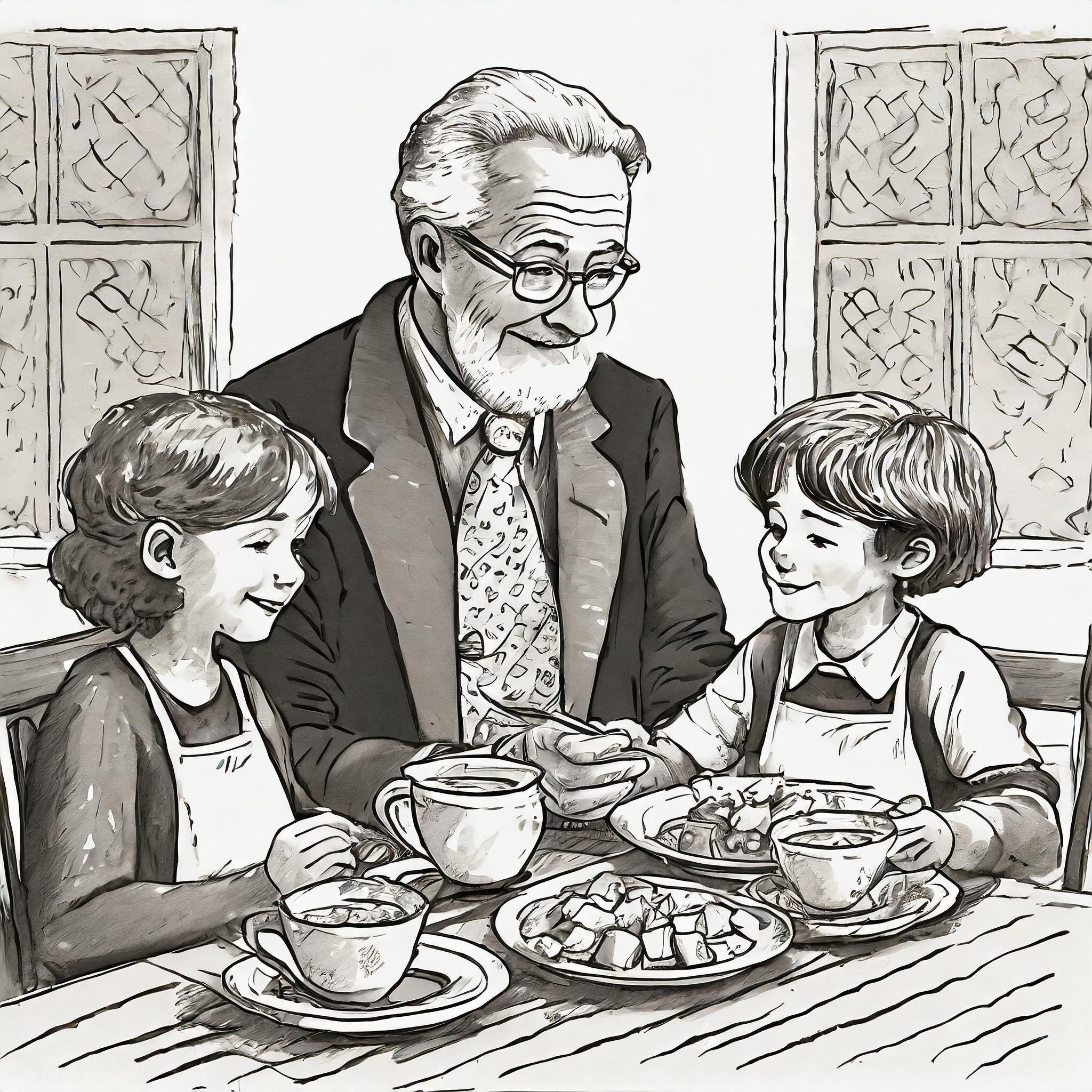Out of ten houses in the settlement, three were destroyed: No. 1, No. 8, and No. 10. 21 people dead, all women and children.
This post has been moved. Please follow us on Medium to read and/or listen (!) to it in full.
The Bright Side of the Doom, a Prequel to 1984, The 18-Year-Old Who Wrote a Note and Disappeared is now available worldwide in bookstores as a hardcover, paperback, and e-book‼️
